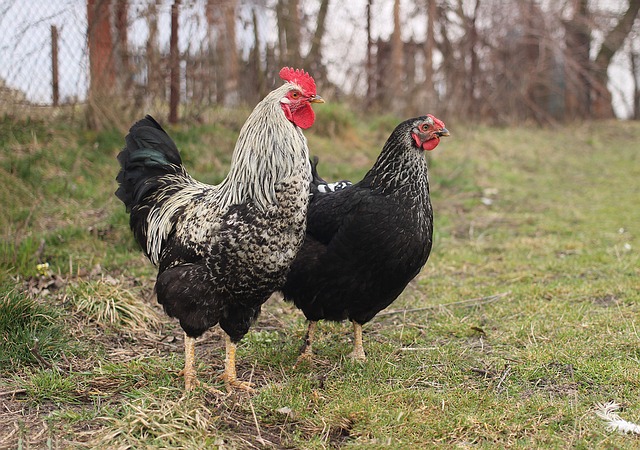The Philippines Department of Agriculture (DA), through the Bureau of Animal Industry (DA-BAI), announced that the World Organization for Animal Health (OIE) declared that as of January 8, 2021, the country is now free of the last remaining A(H5N6) strain of the Avian Influenza (AI).

The country was able to resolve the outbreaks of AI A(H5N6) in a commercial layer poultry farm in Pampanga, and backyard poultry farms in a village in Rizal, in less than a year after the poultry virus reemerged in the country.
Agriculture Secretary William Dar said this is a welcome development considering that poultry meat is a highly popular animal protein source among Filipinos, like pork and beef.
“I congratulate the DA-BAI and the local governments of Pampanga and Rizal, whose swift action resulted in limiting the further spread of the AI A(H5N6) strain to other areas,” said Secretary Dar.
In its report to the OIE, the DA-BAI said the affected farms showed no further evidence of the presence of the AI virus during the monitoring and surveillance.
“We had not detected any case of AI A(H5N6) among the poultry and other bird population in the last 90 days after the completion of cleaning and disinfection in the affected farms, surveillance and monitoring, and completion of the 35-day restocking period with sentinel animals in Pampanga and Rizal,” said DA-BAI Ronnie Domingo.
The recurrence of A(H5N6) was confirmed by the DA-BAI Animal Disease Diagnosis and Reference Laboratory on July 10, 2020, after the owner of the commercial layer farm notified the Pampanga provincial veterinary office about the sudden drop in egg production, cyanosis (dark bluish or purplish coloration of the skin and mucous membranes in chickens), and mortalities.
Another case was detected in Rizal, as reported by a farmer on August 26, 2020, to the municipal veterinary office of Taytay. The backyard farm had approximately 500 head of free-range chicken and 300 head of Muscovy ducks. The clinical signs — such as wry neck or torticollis, cyanosis of extremities — and death were observed since August 10, 2020.
As a result of the swift action of the farm owners, sanitary control and containment operations to prevent the further spread of the virus were carried out immediately.
“We appreciate the rapid response and collaboration of the local government units of Pampanga and Rizal and DA Regional Field Offices III and IV-A,” DA-BAI said.
The agency also thanked the affected farmers — for their prompt reporting that led to the early containment of the disease — the poultry stakeholders, and partners from the Department of Health for extending support to the prevention and control of AI.
To recall, the Philippines also resolved the outbreak cases in 2017 and in 2018.
The DA-BAI, however, reminds poultry farmers and industry stakeholders to remain vigilant and report any unusual mortalities to their respective farm veterinarians or nearest government veterinary or agriculture office.
Philippines: Pampanga declared malaria free, No meningococcemia outbreak
Philippines: No human bird flu cases so far, Duterte dines on Pampanga poultry
Newcastle disease virus outbreak kills 40,000 chickens in Pampanga area


One thought on “The Philippines is now free of H5N6 avian influenza: OIE”